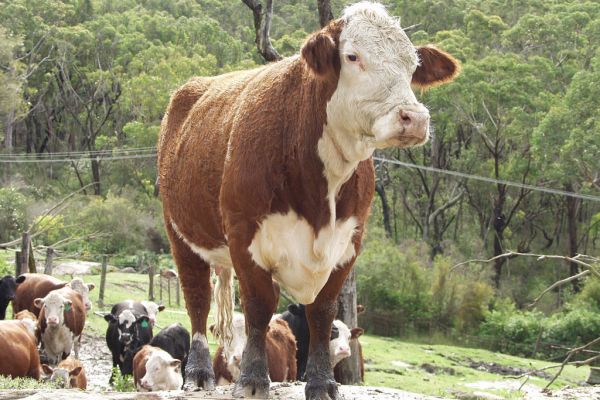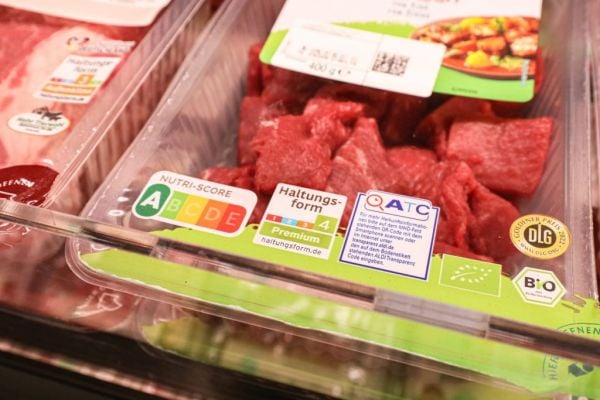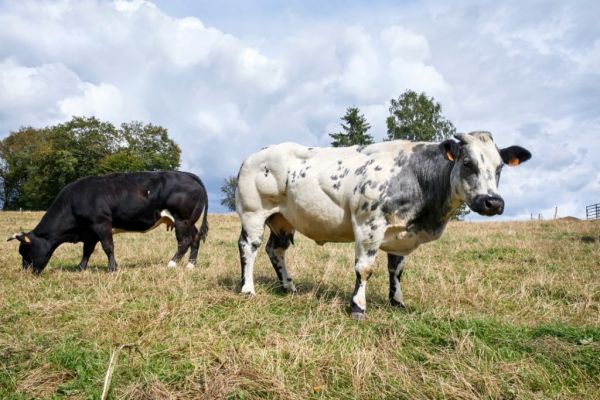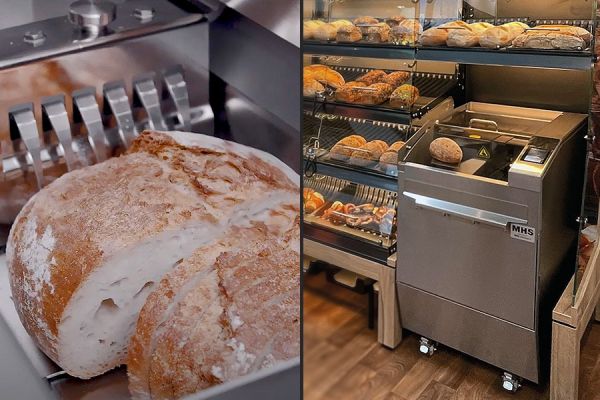Cattle futures surged the most in six years, after farmers moved a record-low number of animals into feedlots for the month of November, signalling lower beef supplies for grilling during robust US summer demand.
On the Chicago Mercantile Exchange, cattle futures for February delivery jumped 3.6 per cent to $1.30025 a pound, the biggest gain for a most-active contract since 29 June 2009. The price has slumped 21 per cent this year. Recently, the commodity touched $1.21975, the lowest since 9 July 2013. A measure of volatility rose to an 11-year high.
Last month, US feedlots moved 1.6 million animals into herds, 11 per cent lower than last year and the smallest for a November since data started in 1996, the government said in a report after livestock markets closed. After slaughtering animals at significant losses in recent weeks, farmers are preparing fewer cattle for spring and summer, potentially reducing the supply of steaks and hamburgers for grilling outdoors, said Altin Kalo, an analyst at Steiner Consulting Group in Manchester, New Hampshire.
Wet, cold weather in the US Plains states, including Kansas and Nebraska, probably led to skinnier cattle, Steve Wagner, a market analyst at CHS Hedging, Inc., in Inver Grove Heights, Minnesota, said in a telephone interview. As of 5 December, steer weights dropped 1.4 per cent to 913 pounds (414 kilograms) from the October average of 926 pounds, US Department of Agriculture data showed.
Supermarket Prices
Retail beef costs remain close to all-time highs, spurring consumers to buy more chicken and pork. As a result of the waning demand, wholesale beef this year has dropped 23 per cent, heading for the biggest decline since data started in 2004. Inventories in cold storage are at a 31-month high.
Retailers and restaurateurs “don’t want to be in the position of lowering beef prices in January and then raising them in March and April,” Steiner Consulting’s Kalo said in a telephone interview.
Feedlot operators typically buy year-old cattle that weigh about 500 pounds to 800 pounds, called feeders. The animals are fattened on corn until they weigh about 1,300 pounds, when they are sold to meatpackers. Before Friday’s USDA report, analysts in a Bloomberg survey forecast 1.714 million young animals on average were moved into feedlots last month.
Feeder-cattle futures for January settlement surged by a record 4.5 per cent to $1.555 a pound. The price has tumbled 28 per cent this year. Cattle rose by the exchange limit of 4.5 cents, and feeders climbed by the maximum 6.75 cents.
Hog futures for February settlement dropped 0.3 per cent to 56.45 cents a pound. The price has slumped 30 per cent this year.
News by Bloomberg, edited by ESM. To subscribe to ESM: The European Supermarket Magazine, click here.














